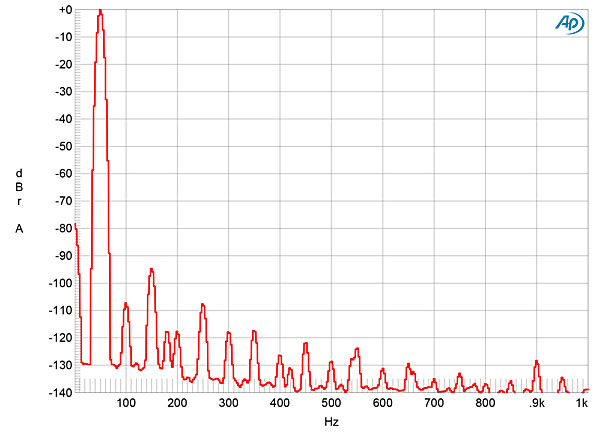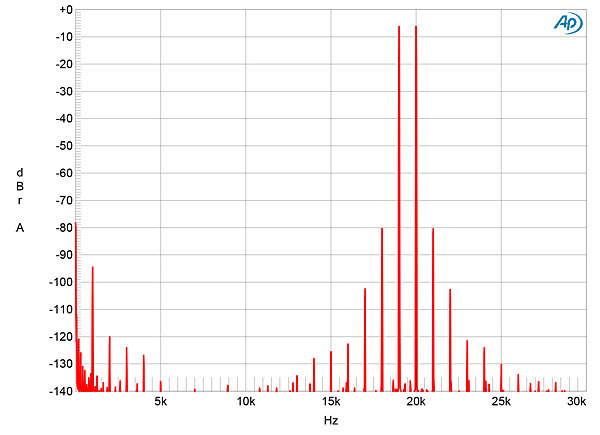| Columns Retired Columns & Blogs |
I thought I was going to read a review of the Audionet MAXes but ended up feeling like I just read a rave review on the the Pass XA200.8 monoblocks and the Nordost Odin 2s at the expense of The MAXes and Kubala Sosna Elation!s. Perhaps the funniest or saddest comment depending on how you look at this was the admission that the MAXes may have been at a distinct disadvantage due to them NOT being on the Grand Prix Audio amp stands like the Passes WERE when evaluating. YOU THINK? That's like saying "we didn't feel the Ferrari handled as well as the Lamborghini but perhaps it was because the tires on the Ferrari were worn out retreads and the Lamborghini was test driven with Perelli P ZERO CORSAs". Wow!





















































